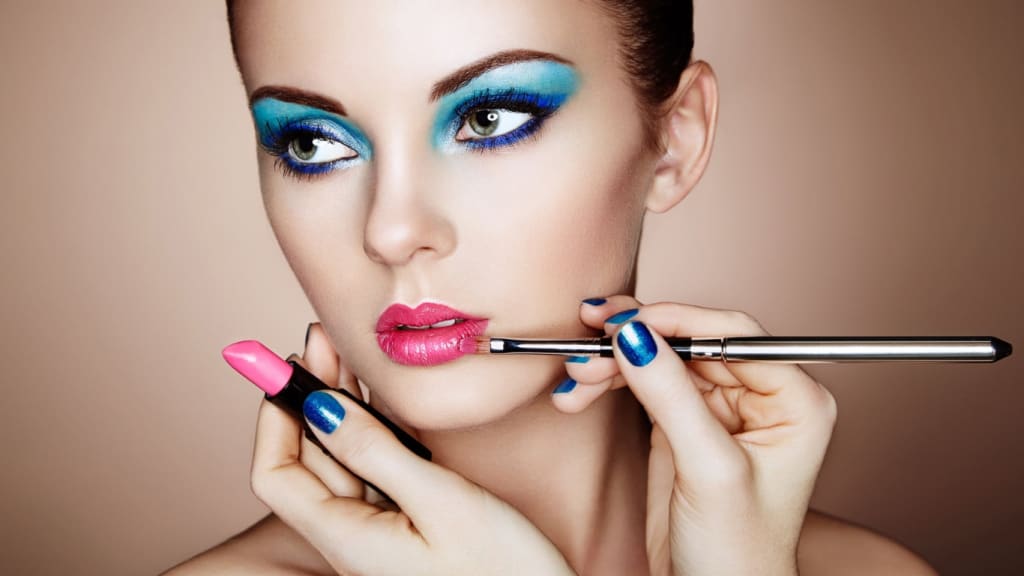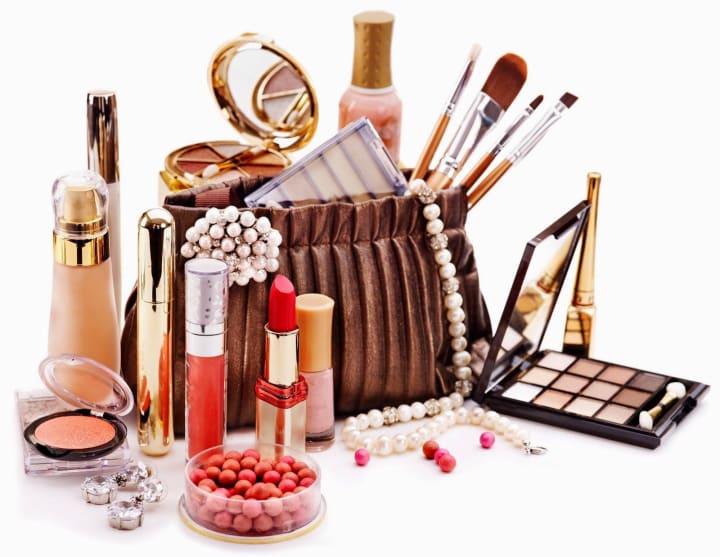Unveiling the Dark Truths About the Beauty Industry
Exploring the Controversies of the Beauty Industry

Introduction:
The beauty industry, despite its glamorous facade, has its fair share of secrets and controversies. From unrealistic beauty standards to the lack of diversity and inclusion, the industry often fails to live up to its claims of making people feel comfortable in their own skin. In this article, we will explore some of the unsettling truths that lie at the foundation of the beauty industry.

Unrealistic Beauty Standards:
The cosmetic industry heavily influences societal standards of beauty through its marketing and advertising methods. Many companies market their products as tools to help customers conceal their perceived flaws, exploiting people's insecurities about their appearance. These unrealistic standards can have adverse effects on mental health, leading to anxiety, body dysmorphia, and eating disorders, particularly in young individuals.
Lack of Diversity and Inclusion:
For years, the beauty industry has promoted eurocentric body ideals, resulting in a lack of diversity in marketing campaigns. Many products fail to represent a wide range of skin tones, hair textures, and body types. While progress has been made in recent years, with brands like Fenty Beauty leading the charge, there is still a long way to go in meeting the beauty needs of lesser represented demographics. Some brands are reluctant to cater to these demographics due to fears of damaging their brand image or losing their perceived glamour.
Dishonest Marketing Terminologies:
To attract more customers, beauty companies often resort to questionable marketing tactics. Scientific buzzwords like hypoallergenic and non-comedogenic are used on products without proper verification. While some brands conduct scientific research, the responsibility of verifying marketing claims rests primarily on the cosmetic brands themselves. This enables them to rationalize the high prices of their products, leaving consumers unsure about the credibility of these labels.
Makeup Products Containing Animal Byproducts:
Some makeup products, including lipsticks, nail polish, and eyeshadows, contain a substance known as Pearl Essence, which is derived from the scales of herringfish. While some brands also use synthetic or plant-based alternatives, the use of animal byproducts raises concerns, particularly for vegan consumers. Checking the ingredient list can help identify compounds like guanine, which represent the presence of Pearl Essence.
Greenwashing:
Greenwashing refers to the deceptive tactics employed by companies to appear environmentally friendly while engaging in unsustainable practices. In the beauty industry, terms like "natural" and "organic" are often used without clear legal definitions, allowing companies to make false claims about their products' eco-friendliness. Lack of regulation leaves consumers to navigate through misleading marketing claims, making it challenging to identify genuinely eco-friendly brands.
Anti-Aging Scams:
The desire to retain youthful looks has driven many individuals to spend significant amounts of money on anti-aging products. However, the legitimacy of these claims is questionable. Many creams and products promising to eliminate wrinkles and repair DNA damage have been deemed ineffective by industry experts and even the FDA. The effectiveness of ingredients like peptides, which aid in cell growth and skin cell healing, remains uncertain.
Lead-Containing Lipsticks:
The presence of lead in certain lipsticks raises concerns about potential health risks. While the FDA considers the average amount of lead in lipsticks to be within safe limits, any amount of lead exposure is cause for concern. Lead can accumulate in the body over time and lead to serious health issues. Consumers should remain vigilant and choose lipsticks that prioritize safety.
Harmful Chemicals in Nail Polish:
Research has shown that many nail polish products contain triphenyl phosphate (TPP), a chemical that can interfere with hormones and has adverse reproductive effects in animal studies. While some brands disclose TPP in their ingredient lists, others do not, highlighting the need for transparency in labeling. The absorption of chemicals from nail polish is a concern, especially for salon workers who are exposed to these products regularly.
Conclusion:
The beauty industry, with its vast influence and reach, has a responsibility to promote realistic beauty standards, embrace diversity, and prioritize consumer safety. Transparency, truthful marketing, and ethical practices should be the norm. Consumers, on the other hand, should remain informed and discerning, making conscious choices that align with their values. By shedding light on these dark truths, we can work towards a more inclusive and responsible beauty industry that celebrates and uplifts all individuals, regardless of their appearance or background.
About the Creator
Enjoyed the story? Support the Creator.
Subscribe for free to receive all their stories in your feed. You could also pledge your support or give them a one-off tip, letting them know you appreciate their work.






Comments (1)
I look forward to reading more articles from this talented writer.